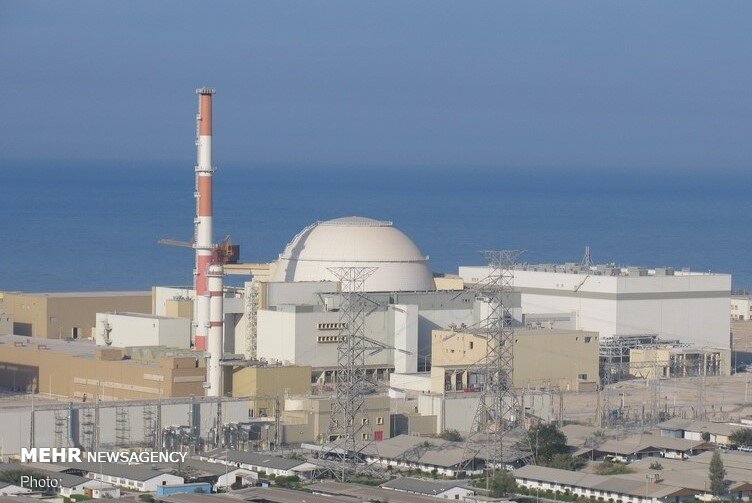
Similar Posts
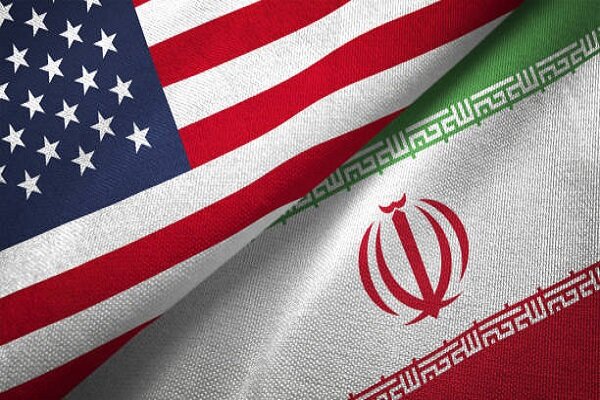
Iran Refutes Claims of US Investor Attendance at Upcoming Trade Fair
Iran Expo 2025, scheduled for April 28 to May 2 in Tehran, will see no participation from US private sector investors due to strained political relations amid ongoing indirect nuclear negotiations. Government spokesperson Fatemeh Mohajerani noted that investment from other countries is welcome, except for Israel. Despite the absence of US investors, over 4,000 businesses from 110 countries have registered, underscoring the expo’s significance. Concurrently, a summit aimed at enhancing economic ties with Africa will attract around 40 ministers. The outcomes of the nuclear talks will be crucial in shaping Iran’s future economic relations and investment landscape.

BRICS Ministers Slam Unilateral Sanctions: A Call for Global Cooperation
Global ministers have condemned unilateral coercive measures, particularly economic sanctions, citing their violation of international law and detrimental effects on human rights and development. In a recent statement, they highlighted that such sanctions disproportionately harm vulnerable populations and undermine fundamental rights, including the right to development. The ministers called for the elimination of these measures to restore human rights and promote equitable international relations. They emphasized the need for diplomatic engagement and multilateral dialogue as alternatives to punitive sanctions, advocating for a shift towards policies that prioritize human dignity and well-being for all, particularly the most vulnerable.
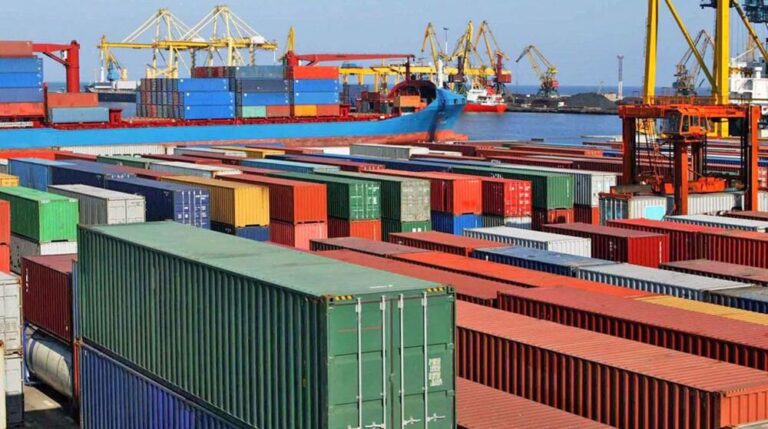
Iran Faces $14.6 Billion Trade Deficit in 2024: Economic Challenges Ahead
Recent statistics from the Iranian Customs Administration (IRICA) reveal notable growth in Iran’s trade for the year ending in March. Iran exported around 152 million metric tons of goods, generating $57.8 billion, reflecting a 10% increase in volume and 15.62% in value. Imports totaled 39.3 million metric tons valued at $72.4 billion, with a slight volume decrease but an 8.22% value rise. Key exports included natural gas and propane, primarily to China, Iraq, and the UAE. Gold and mobile phones were major imports, with the UAE being the largest supplier. These trends indicate Iran’s strengthening trade relationships and economic resilience.
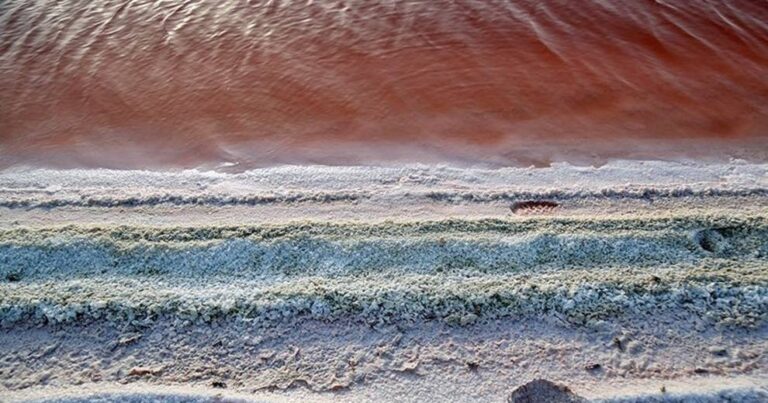
Unveiling Iran’s Lithium Reserves: The Truth Behind the Myths
Recent reports from Iran’s Ministry of Industries have reignited discussions about the country’s lithium resources, leading to misleading claims on social media about Iran’s ranking in global lithium reserves. While significant lithium concentrations have been identified in areas like Qom Salt Lake, actual deposits are much smaller than those of leading producers. An official indicated that Iran’s lithium yield is only about 500–600 tons, contrasting sharply with exaggerated claims of possessing 20% of the world’s reserves. As global lithium demand grows, understanding Iran’s true lithium potential is crucial for investors and policymakers amid ongoing economic challenges.
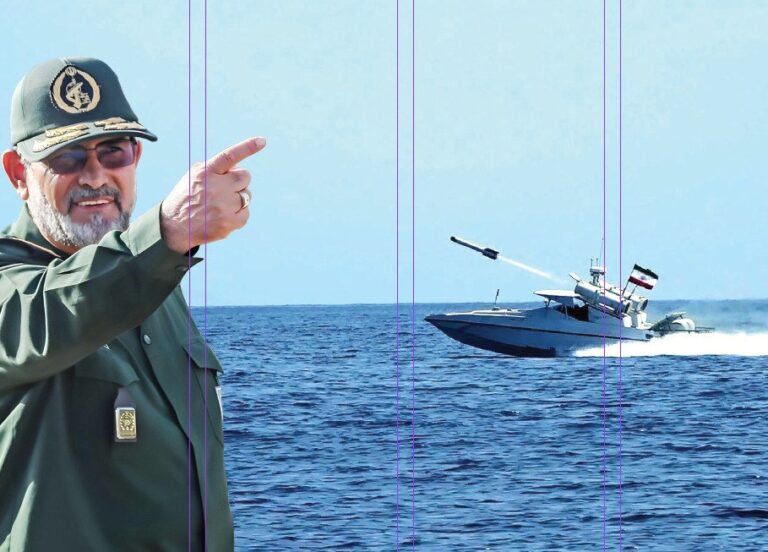
IRGC General: Trump Fails to Halt Iran’s Oil Exports
During a recent event commemorating the 46th anniversary of the Islamic Revolution, the commander of the IRGC Navy claimed that Donald Trump is failing to execute his threats to reduce Iran’s oil exports to zero. He highlighted Iran’s historical resilience against external pressures, stating that the nation has withstood sanctions for decades. Trump’s renewed “maximum pressure” policy, reminiscent of his first term, has been met with skepticism from Iranian leaders, who argue that such measures only strengthen national unity. Iran continues to implement strategies to mitigate sanctions, emphasizing its determination to maintain oil exports amid ongoing geopolitical tensions.

Tehran Faces Dual Challenges: Escalating Earthquake Threat Compounds City’s Struggles
Recent earthquakes near Tehran have raised alarms about the city’s vulnerability to a catastrophic quake, as it lies on active fault lines. Two tremors measuring 3.0 and 3.3 struck Varamin on March 14, felt in southern Tehran but causing no casualties. Seismologist Fariborz Nateghollahi warned of a potential 7.0 magnitude earthquake that could result in up to six million casualties, criticizing the government’s lack of disaster preparedness. Additionally, Tehran faces severe water shortages, power outages, and air pollution, prompting discussions on relocating the capital. The area is historically seismically active, with significant past earthquakes causing extensive destruction.